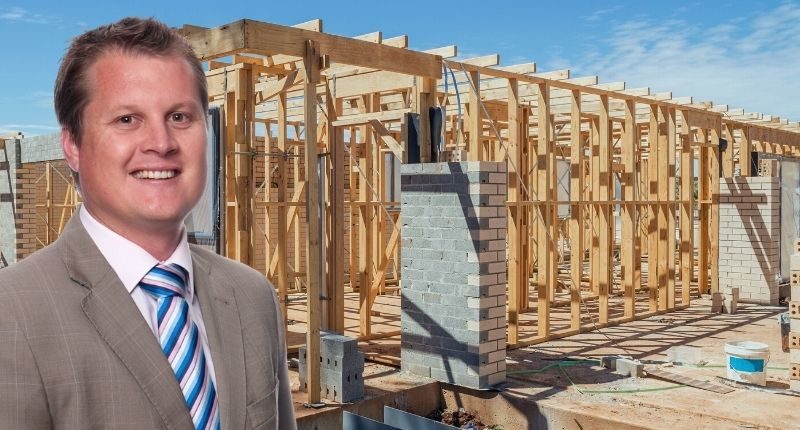
- Construction costs are rising quickly at the moment
- There are ways to stay on top of your cost estimates
- Using professionals is key in a fast-moving environment
For this article, I’ve handed over the reins to my long-time business partner, Marty Sadlier. Marty looks after the cost estimate side of our operation and is an absolute whiz at staying up to date with costings.
Over to Marty…
Maintaining a successful career as a recognised specialist requires constant improvement. You certainly wouldn’t want your brain surgeon to have finished their residency in 1980 and then thought, “That’ll do for study – pretty much got it nailed I reckon!”
But it’s not just about keeping your licence, registration and training up to date. Being good at what you do means staying abreast of the machinations that make up your day-to-day tasks.
And for someone like me, a certified quantity surveyor (CQS) who assesses construction costs for a living, the last 12 months have proved challenging.
So, how does a CQS keep ahead of the changes to ensure clients receive the best possible advice?
The state of play
I was recently chatting with a work contact who’s planning to build a new home and is about to select his builder. His architect commissioned a QS report on the plans, and the report came in at an estimate of $1.8 million.
One of his short-listed builders looked at the plans and said to my mate, “I don’t know what your quantity surveyor reckons, but add 20% to whatever he estimated because the cost of materials is running rampant.”
While I understand the sentiment, this sort of comment demonstrates a total misunderstanding of how my profession operates.
The truth is we are using a combination of tools to ensure our appraisals remain right up to date during this peak building period.
Mind you, it is a fast-moving beast at present.
Materials prices have risen rapidly thanks to increased shipping costs and unprecedented demand. Electricals, tiles, pipework, fittings – you name it, the dollars have ratchetted up.
In addition, domestic supply of structural timber is at peak production, so maximum manufacturing capacity on home soil has pretty much been reached.
And labour is no better. Quality tradesman can handpick their work, while start times and completion dates have blown out considerably.
The Housing Industry Association (HIA)’s chief economist Tim Reardon recently noted a record 146,000 new detached Australian homes were planned to be built in 2021, which is a 20 per cent increase on expectations.
So, how do we keep up with these sorts of changes?
Rawlinsons
This company has been publishing Australia’s construction cost bibles for almost 40 years.
Rawlinsons produces two fully rewritten publications every year, both of which are updated quarterly to reflect current market trends. This includes their digital, online publication, so those updates are instantaneously sent to the inbox.
While it is an excellent guide, fully interpreting the Rawlinsons handbooks takes practice. It can be complex drawing out the data, making allowances and assessing what costs are applicable to which materials.
Ongoing jobs
As a QS firm we’re obviously in the business of construction contract analysis. This means that every day our team is looking at scopes of works and break downs on various building projects around the country.
This provides an invaluable ongoing databank of up-to-the-minute information about costings. It also allows us to look at cost variations across different locations and construction types.
Drawing on our own jobs is incredibly effective, because not only do we see how much material costs are moving by, but we can also study the costs of labour for various trades. We’re also aware of additional costs such as builder’s margins, insurances fees and sundries.
Contingencies and qualifications
When preparing construction cost estimates, it is important to adopt contingencies and qualifications as part of our advice.
These are essentially buffers and guidance to communicate any ‘margins for error or change’. For example, we may prepare a cost estimate for a new build in Brisbane based on the current cost of timber but are aware that rising shipping costs will likely drive up the price in the coming months.
In this instance, we will note this as a risk and may even allow for an added percentage, so clients are fully aware that the longer they delay their project, the more expensive it will likely be.
As you can see, determining construction costs requires skill, experience and a ready source of up-to-date information.
Employing a professional who works daily in the field has never been more important. Whether it’s for insurance, or to budget for your next building venture, make certain a Certified Quantity Surveyor is your guiding hand.







